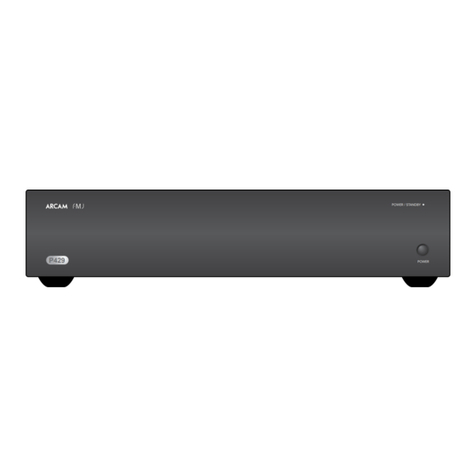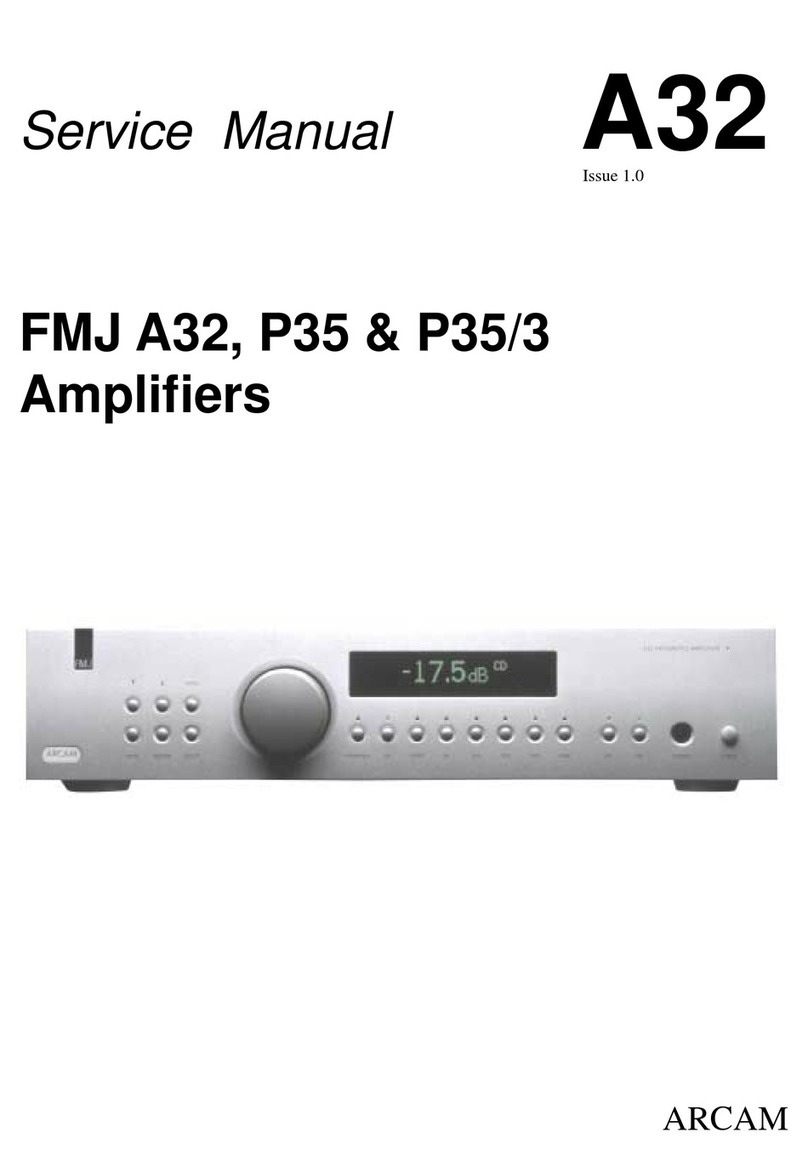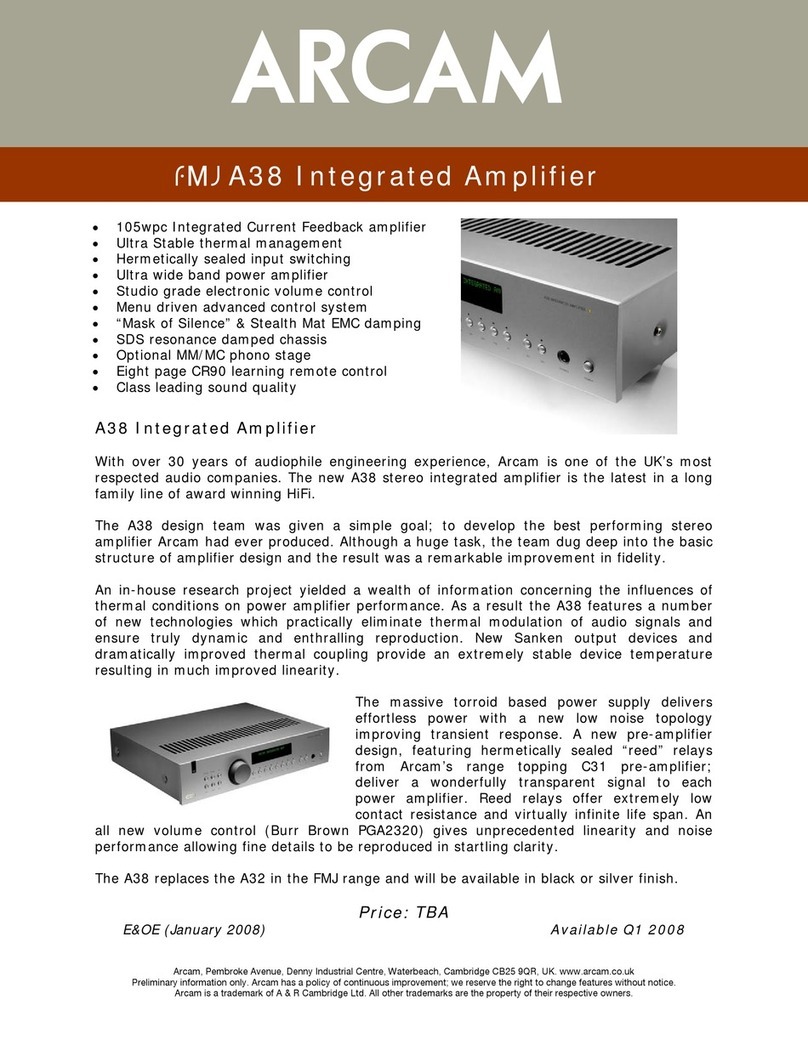Arcam Delta 60 User manual
Other Arcam Amplifier manuals
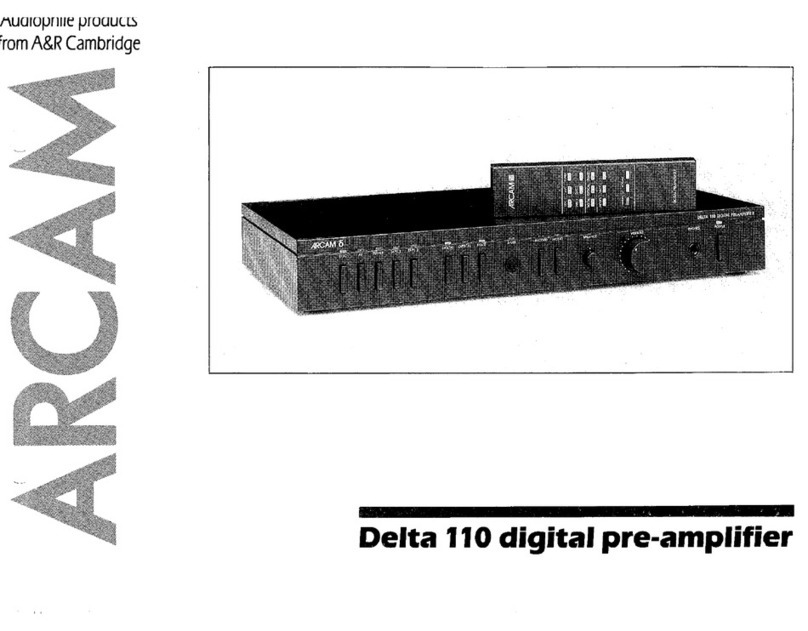
Arcam
Arcam Digital Pre -Amplifier Delta 110 User manual

Arcam
Arcam rHEAD Instruction manual
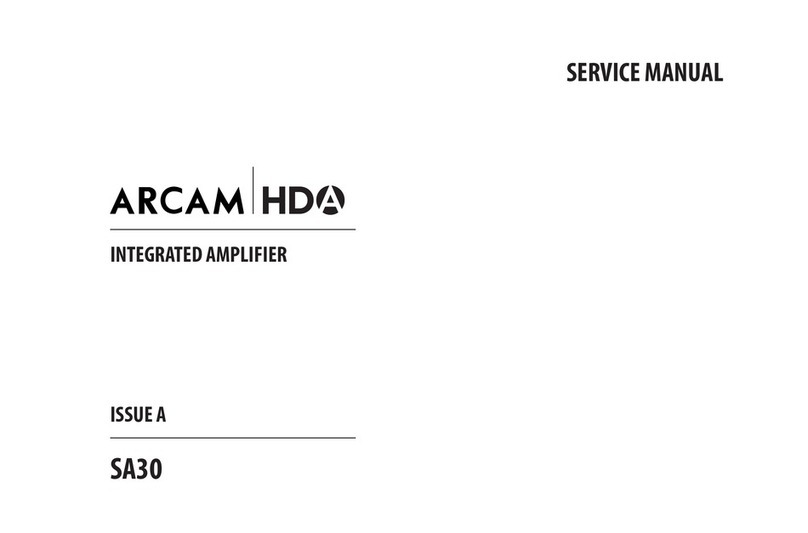
Arcam
Arcam SA30 User manual

Arcam
Arcam Delta 60 User manual
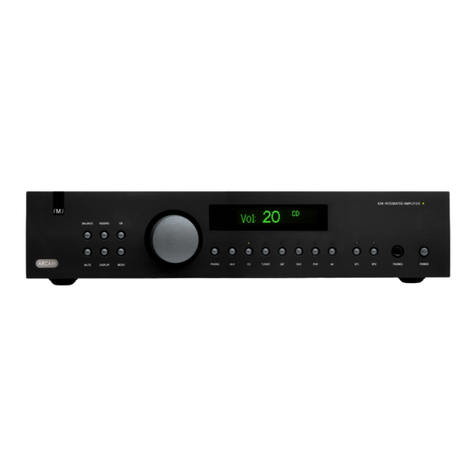
Arcam
Arcam A38 User manual
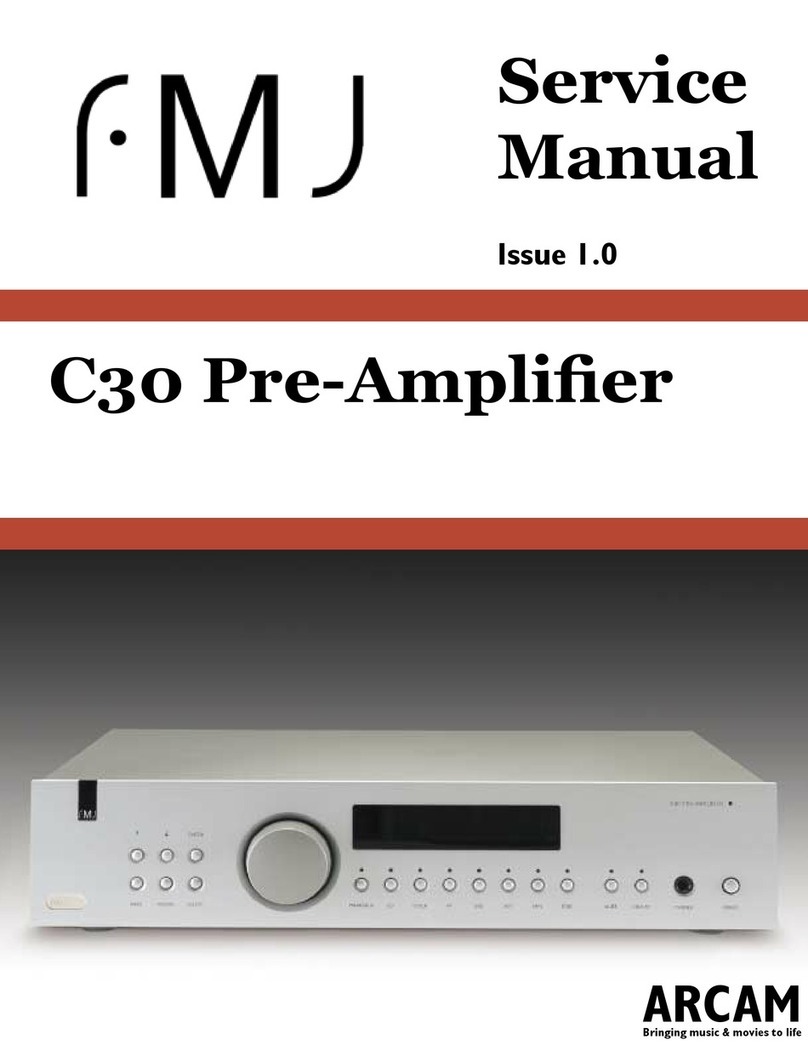
Arcam
Arcam C30, P35 User manual
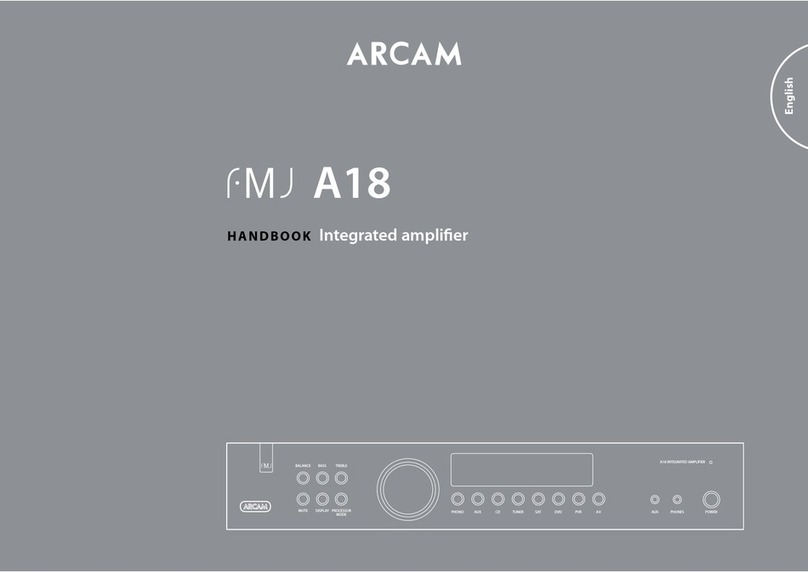
Arcam
Arcam FMJ A18 User manual
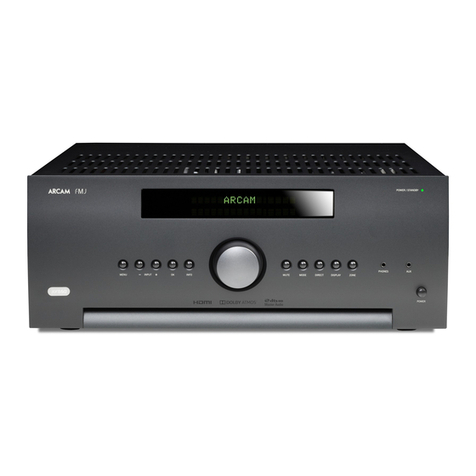
Arcam
Arcam AV860 User manual

Arcam
Arcam DiVA A85 User manual
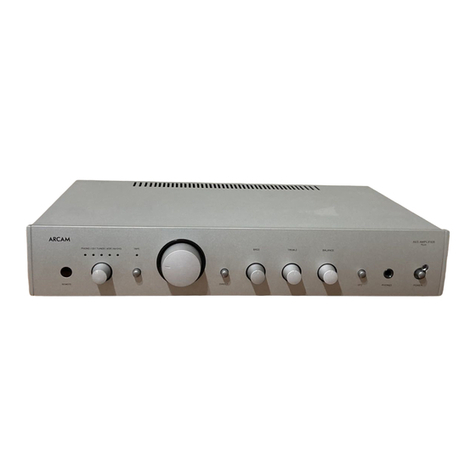
Arcam
Arcam DiVA A65 User manual

Arcam
Arcam P429 User manual
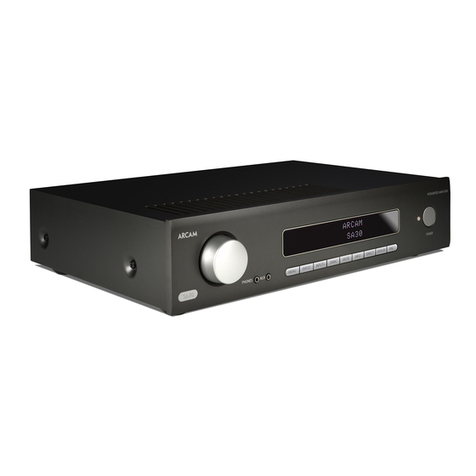
Arcam
Arcam SA30 User manual

Arcam
Arcam Delta 120 User manual
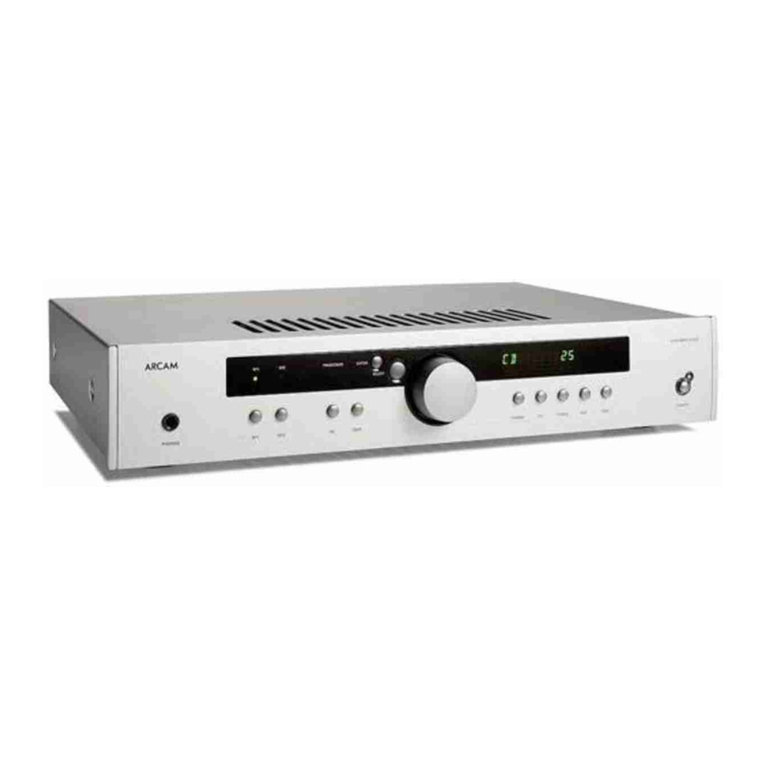
Arcam
Arcam DiVA A80 User manual
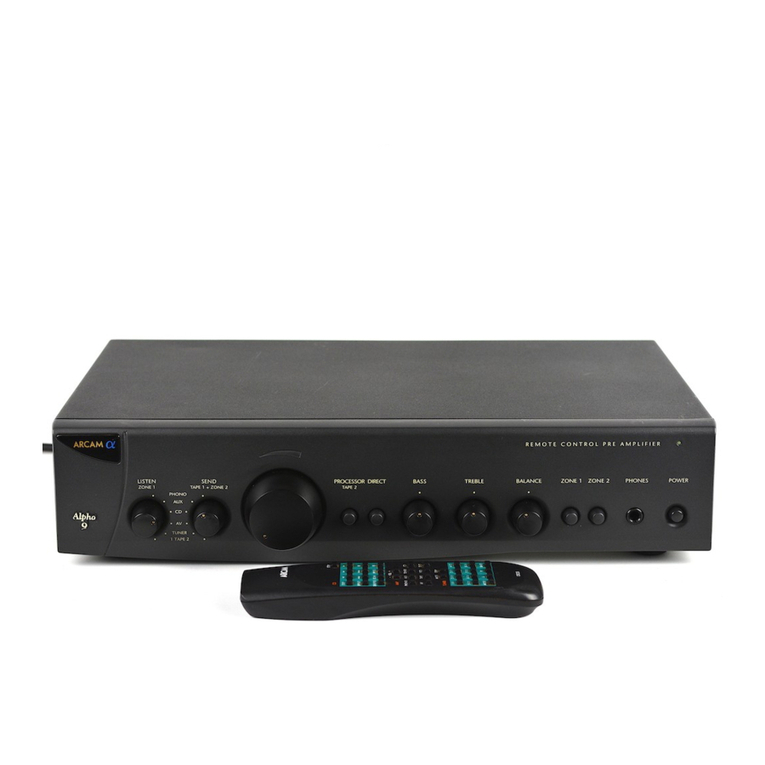
Arcam
Arcam Amplifiers Alpha 9/9P User manual

Arcam
Arcam 290 User manual
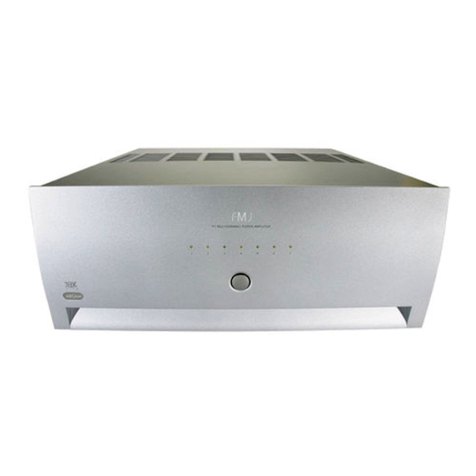
Arcam
Arcam Multichannel Power Amplifier User manual

Arcam
Arcam Delta 60 User manual
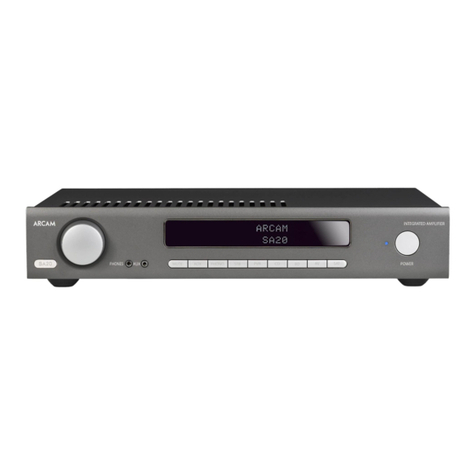
Arcam
Arcam Integrated Amplifier User manual
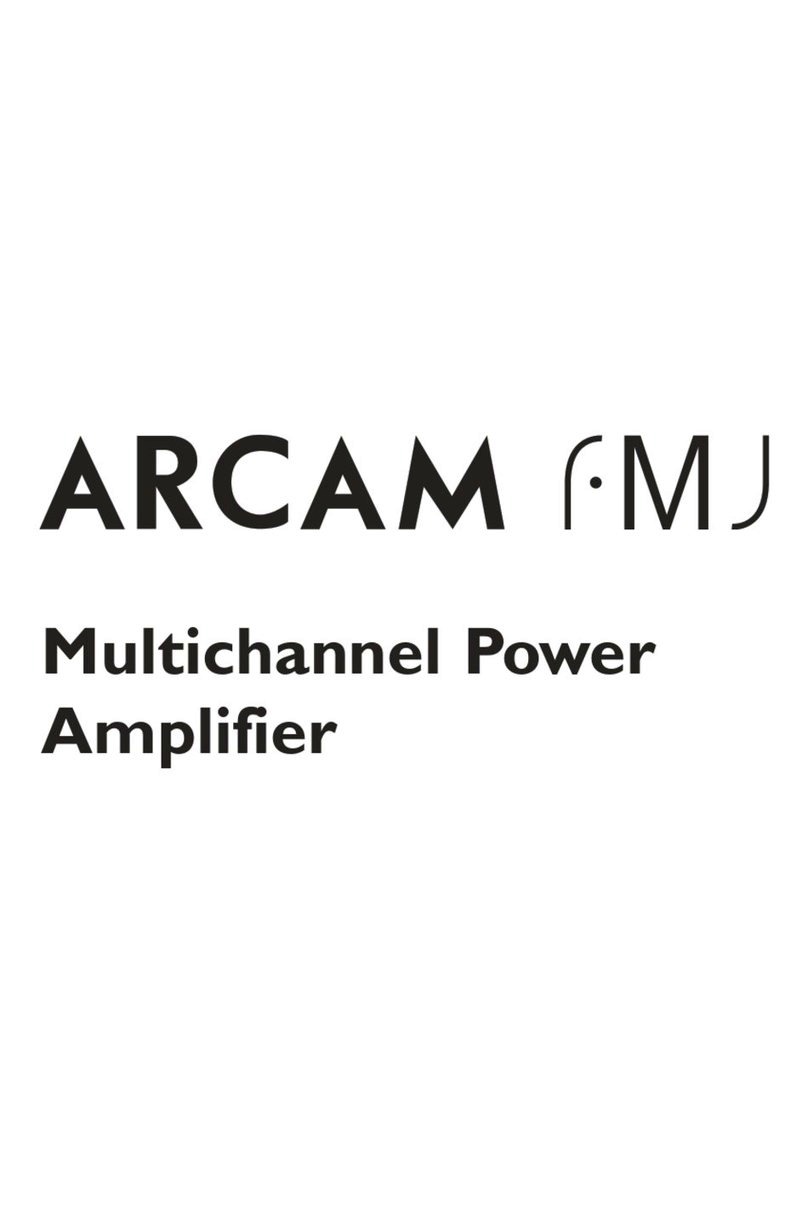
Arcam
Arcam P7 User manual
